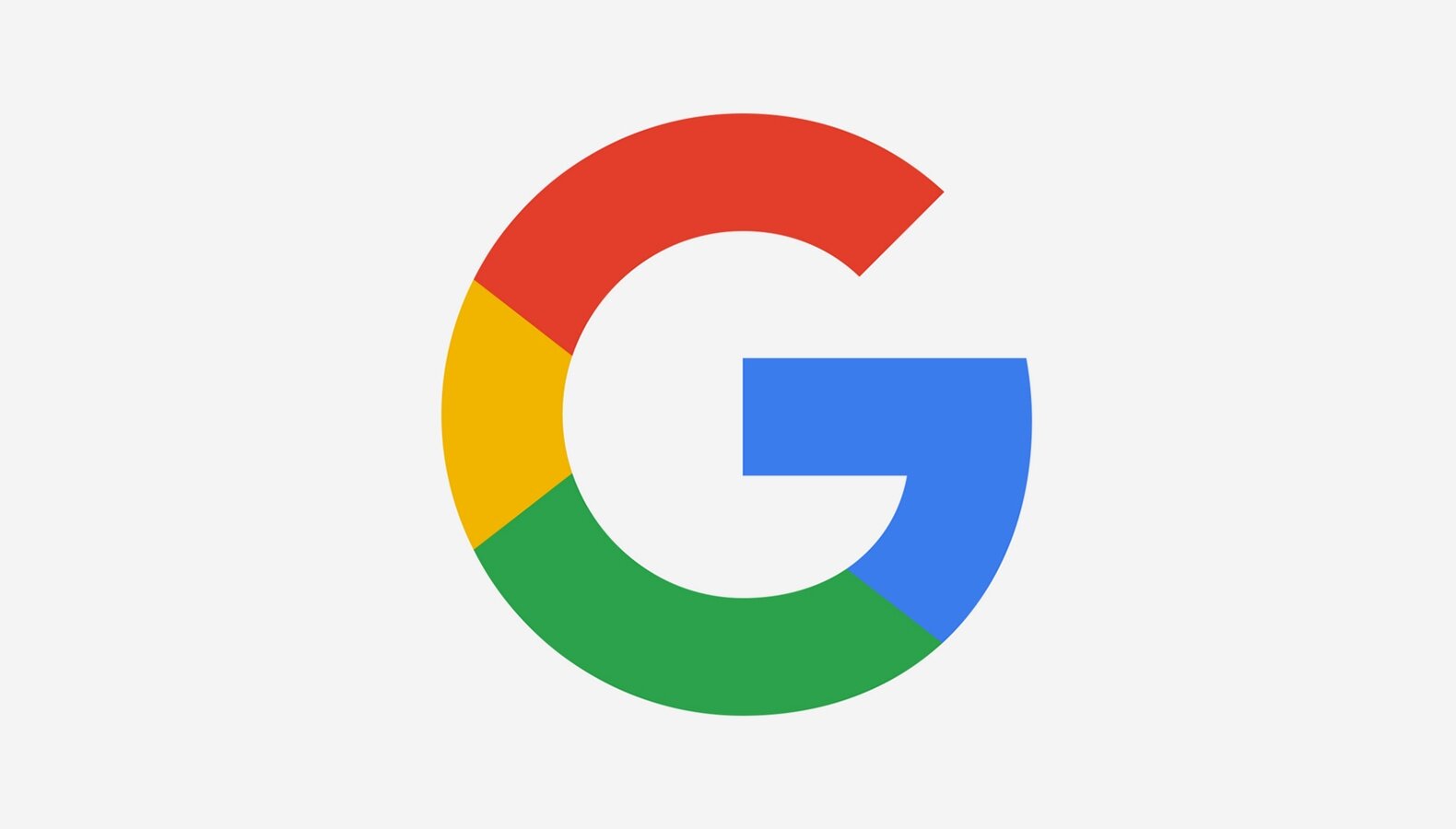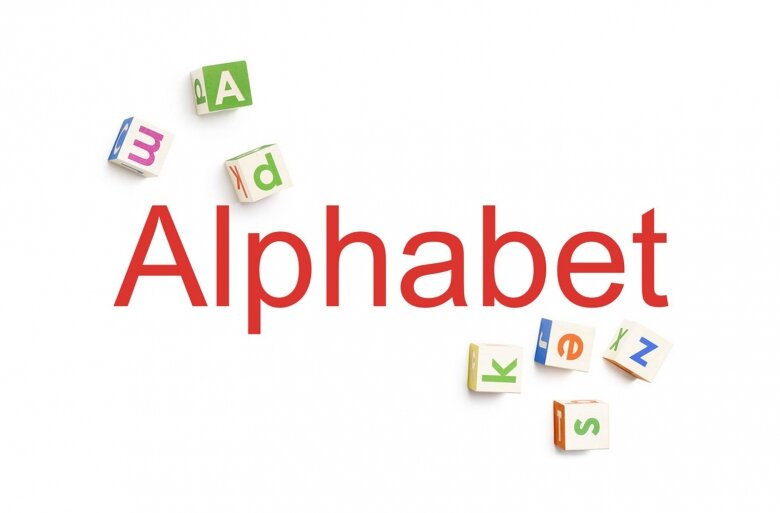Google's best practices for design process success
I love Google, but as an identity designer I had no love for the logo. Google is more than a successful company, it’s a ‘smart’ company, it anticipates our needs before we know what they are.
I can only speculate why their identity was so bad, but all that changed with the announcement of their new logo. The redesign has received a resounding thumbs-up if social media comments are anything to go by, here are some of the best practices they’ve used to ensure success.
1. Recognise when its time to change
Jump back one month earlier when Larry Page announced that Google was to become a subsidiary alongside Calico, Fiber and Nest. These businesses are now part of a new holding company called Alphabet. This is classic brand architecture thinking.
Google has been at the forefront of developing tech companies and more since 1998, with ventures reaching far beyond the internet, but so much success has made the company too unwieldy to navigate. Page suggests that the structure will make Google, “cleaner and more accountable,” but in truth it will make the business simpler to understand. Not a bad thing. Underneath this is an even more significant reason, smart businesses know that they must adapt to survive, for Google to hang on to its core business is risky (even for them). The company recognises that change is needed and they are evolving to stay relevant.
2. Don’t change for the sake of change
With such a dated identity Google could be forgiven for trashing the logo and starting again. Their design team has explored some radical changes that would obliterate any memory of how it used to look. But to play to design trends wouldn’t be Google. I admire how they’ve taken a step back to recognise their essence, their sense of purpose, which is to make life easier.
Helping us sift through billions of pages of data to give you the best information in a nano-second is why we love Google. They make the complex simple and therefore the logo should be simple. Changing a brand without fundamental reasoning is risky.
3. Think System, not logo
The redesign doesn’t just end with the word mark. Google has made great use of this moment to improve lots of things about their user experience. The microphone icon designed to make it clear how voice interaction is working, and the four-color “G” logo for mobile interfaces, are small details which are part of a system of visual assets. These assets build to make: Maps, Images, Chrome and Gmail a far richer and pleasurable experience.
4. Create a consistent experience
One of the most powerful things about brand identity, is its ability to connect individual customer touch points into a unified experience.
According to Tamar Yehoshua, Google’s VP of product management, ‘Google is everywhere.’ We no longer experience the brand through our desktop computer, but through various sites, apps, smart phones, tablets, TVs and watches.
Google has used the redesign as an opportunity to provide the same, simple experience wherever the user chooses to use it, maximising the impact of its investment.
5. Think about Legibility
From a technical standpoint switching from a serif typeface is a big improvement. Whilst there’s no empirical evidence, serif typefaces are believed to be easier to read, (which is why printed books use serif fonts). But this was before we all carried smart phones with juicy retina displays. The new streamlined, ‘sans serif’ logotype, reads much better on crisp, pixelated screens small enough to fit inside your pocket.
6. Think about Motion
Despite the prolific use of screens in communication, it’s surprising how few brands employ the power of movement through animation to bring their brands alive. The four dots animation in the Google logo is a perfect way to make the logo visible, but more importantly it gives the brand energy on an otherwise static page.
“The more people click on a link, the more money Google makes.”
7. Think about color
Colour is a powerful way to distinguish a brand, and in Google’s case colour plays an even more important role. Last year Google modified the distinctive blue in their links after tests showed that people click on one specific shade of blue over 40 others.
Why bother…? Well, the more people click on a link, the more money Google makes. After the change they made an additional $200m a year in ad revenue. That shade of blue is now the blue you see in the new logo.
8. Think about Speed!
As part of its business strategy Google aims to reach the ‘next billion people,’ which will be in India and China. These locations are known to have smaller bandwidths and need affordable data plans. How does this relate to a logo? Well, the less bytes taken up by the logo the quicker it downloads. The old logo weighed in at 14,000 bytes, the new one is a leaner 305 bytes. For a company that makes its money from the flow of huge volumes of data, any improvement in speed means an improvement in revenue.
9. Getting off to the best start
The strategy for launching a new logo is crucial to yield the best return on investment, build awareness and gain support from the get go. Typically the launch of Google’s new logo was humble and to the point. A video carried the bulk of the explanation. A written version came out simultaneously on the blog. But the most notable way of familiarising the world with the new logo was through Google’s famous browser animations (Google Doodles), depicting a simple hand erasing the old logo and drawing in the new one. Sublime!
It doesn’t matter whether you love Google’s new identity or don’t really care, that’s purely subjective. The important thing is to learn from the example. Whether you’re an online chain or a high street chain, whether you have 1.2 billion interactions per year or just 10, the most important thing is that these customer moments work effectively, and brand identity helps to do that.
Find out more about the Google Identity Design process here
Evolving the Google identity
Google's new logo is the biggest update in 16 years




